Black & White photography tips
Black & White photography is similar in many ways to color photography, but also different. Both are about capturing light, and the majority of compositional rules apply to both color and black and white photography. But with black white photography, we must rely of differences in tone, rather than color when capturing the image.
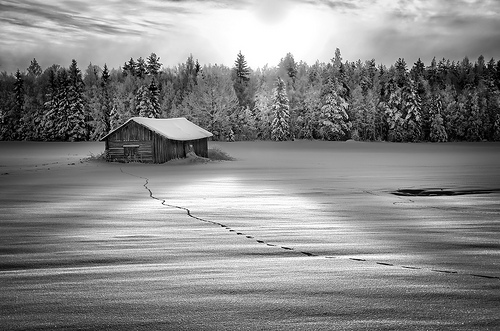
Barn by Jyrki Salmi on flickr (licensed CC-BY-SA)
While a bright red flower might stand out against a bright green background in color, if they are both the same tone, they will make for a rather bland black and white photograph (see example below). So you must learn to pay attention to the differences in tone and ignore differences in color.
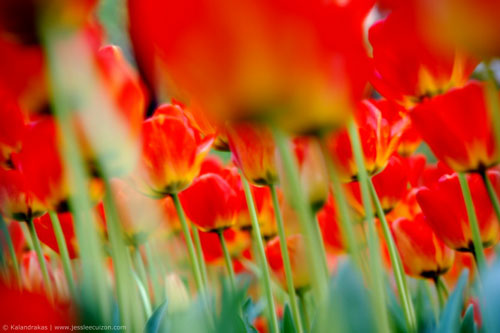
caught in the middle by Jesslee Cuizon on flickr (licensed CC-BY)
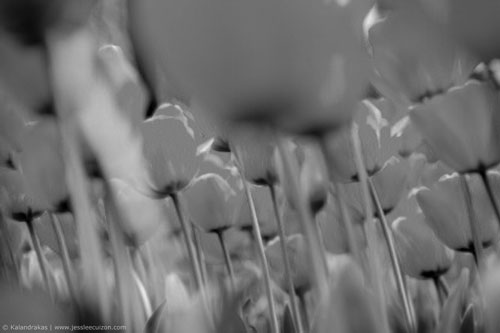
Black & White version of above image created by simply desaturating (removing all color).
Luckily, digital cameras make this easy. Just set your digital camera to record in black and white, and you can check the photo to see how it looks. With some practice and experience you will learn what will look good in black and white, and what won't.
Because contrast between colors doesn't exist in black and white photography, high contrast scenes lend themselves well to black and white photography. When composing a photo, remember that color can't be used as part of the composition, so try using compositional aids such as the rule of thirds and leading lines.
Black & White Architectural photography
Architectural photographs work well in monochrome, as typically a building will have little color contrast anyway. Try shooting early or late in the day when the sun creates long shadows and strokes across the surface of the building, revealing the texture of rough stone.
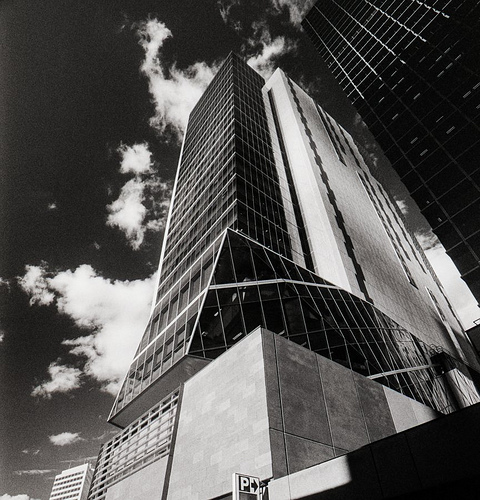
unsheltered workshop by Jes on flickr (licensed CC-BY-SA)
Black & White Portrait photography
Portraits, particularly wedding photos, work well in black and white. The lack of color in wedding attire makes black and white work well in this instance. Black and white photography also has a romantic and timeless feel about it, perfect for wedding photos.
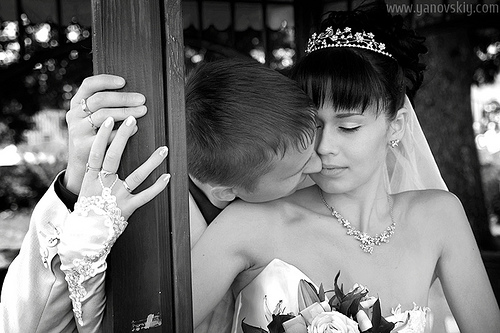
Wedding kiss by Andrew Yanovskiy on flickr (licensed CC-BY)
Black & White Landscape photography
Landscapes that already have little color work well for black and white photography. For example, a snowy landscape, or when large gray clouds fill the sky.
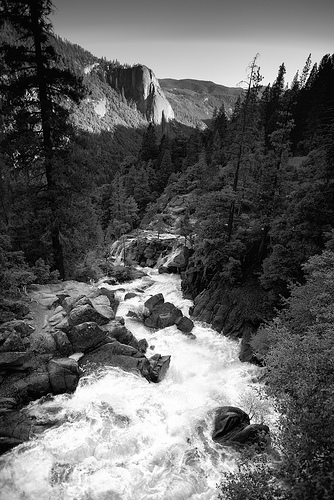
Yosemite 2010 B&W Series 003 by Steve Alexander on flickr (licensed CC-BY-ND)
Using colored filters
Colored filters can be used in black and white photography to darken a particular color, thus enhancing the contrast of that color against other brighter colors. A red filter is occasionally used in black and white photography to darken blue skies, giving more contrast between the sky and white clouds.
Colored filters can be purchased as physical filters and used on the lens at the time of capture. Alternatively, you can photograph the scene in color, then the same effect as the filter can be applied in photo editing software when converting the image to black and white.
By adjusting the relative brightness of each color when converting the red tulips photo example, we can get quite different results to the straight black and white conversion:
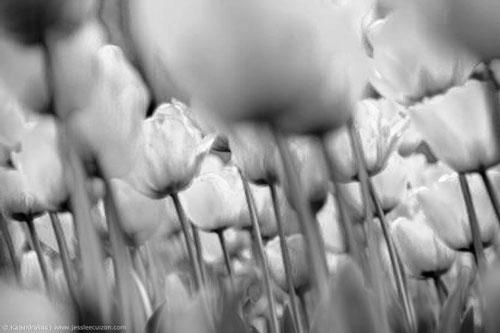
Same Tulips photo as before, this time converted to black and white with the tonality of colors modified using Photoshop's black and white conversion adjustment .
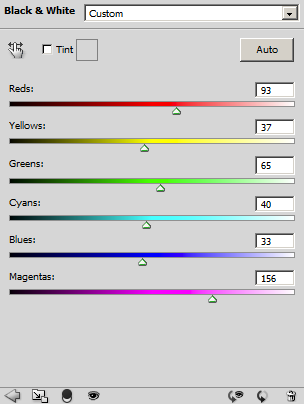
Photoshop Black & White adjustment panel with settings used for above conversion
The Black & White conversion dialog of most photo editing software will allow you to either select a colored filter to apply, or allow you to manually set adjust the brightness of each color.
This lets you achieve a much better result than simply removing the color. You can adjust how the tonality of each color maps to black and white, giving you control over how the black and white image will appear.




